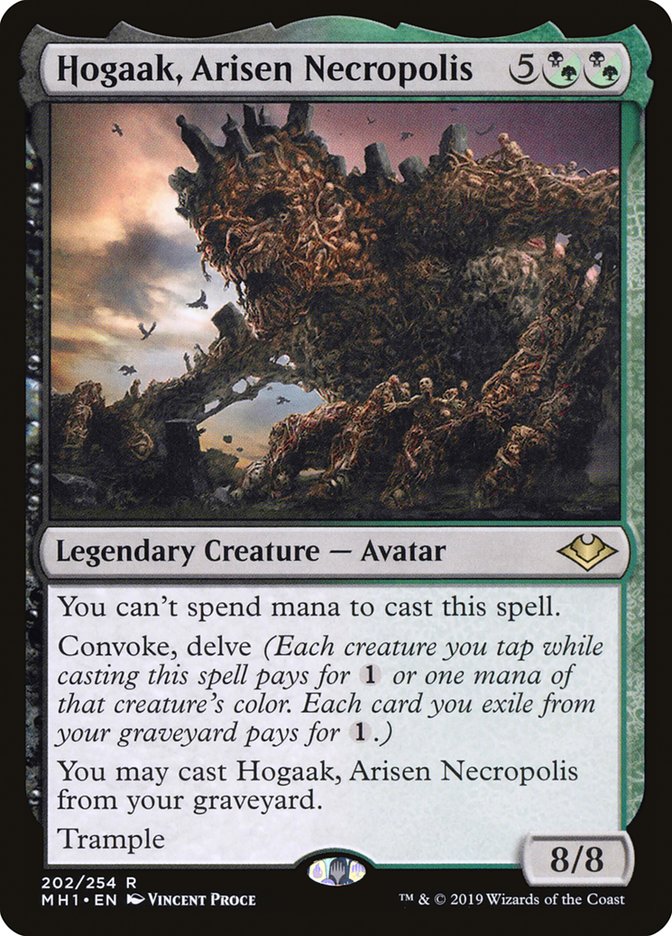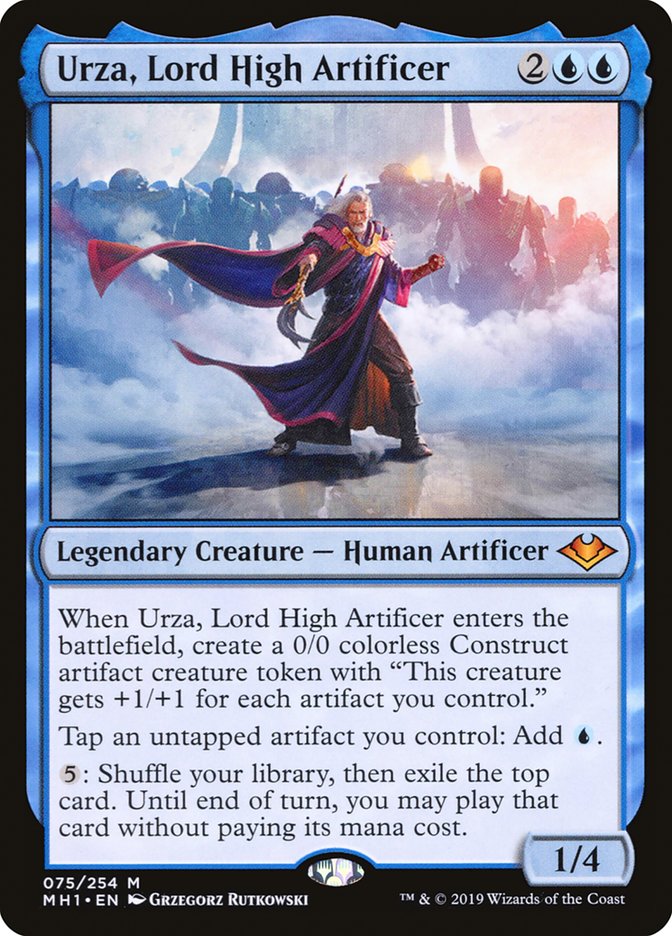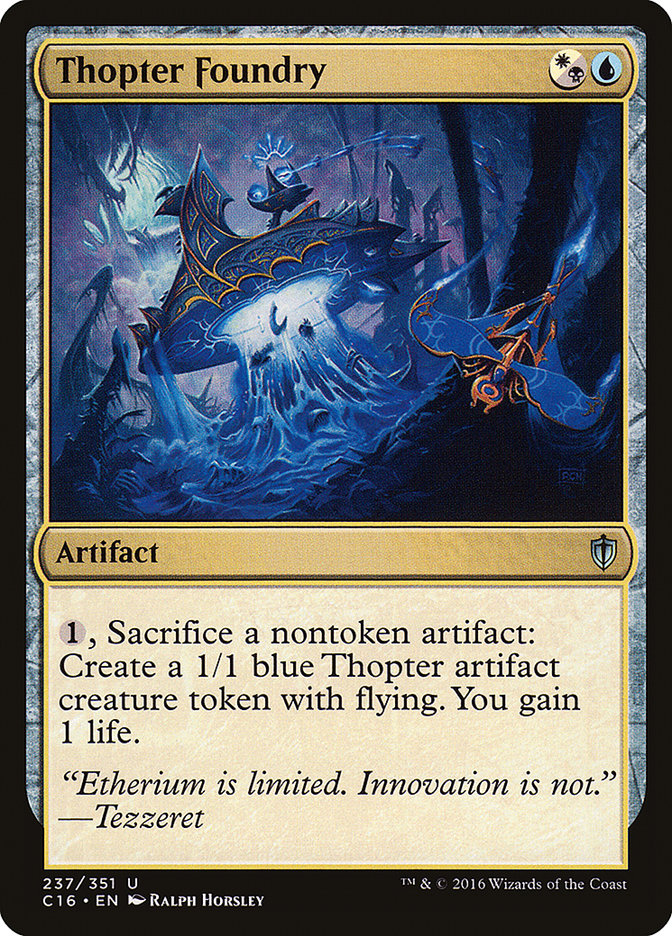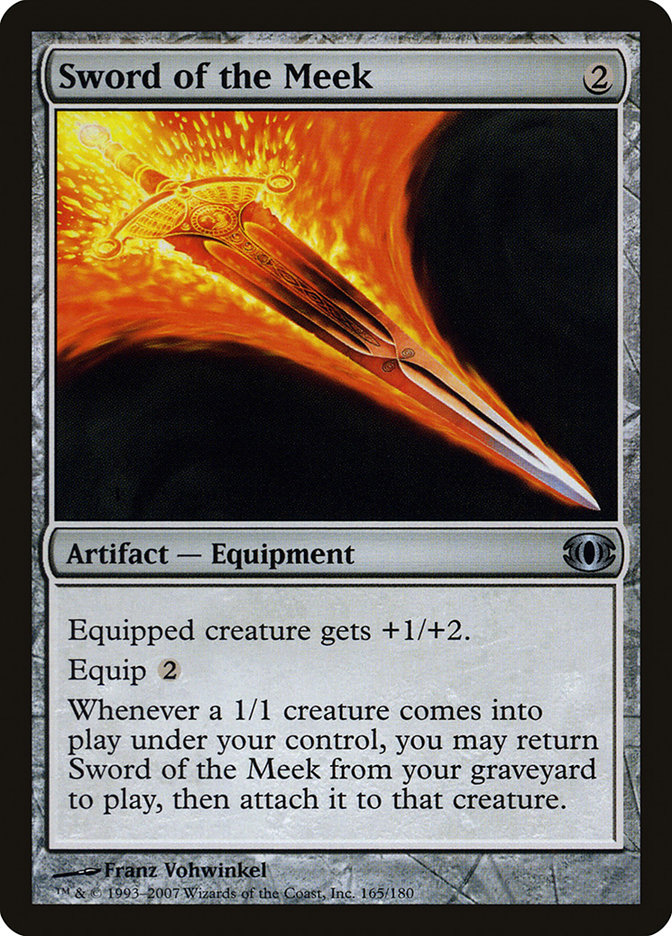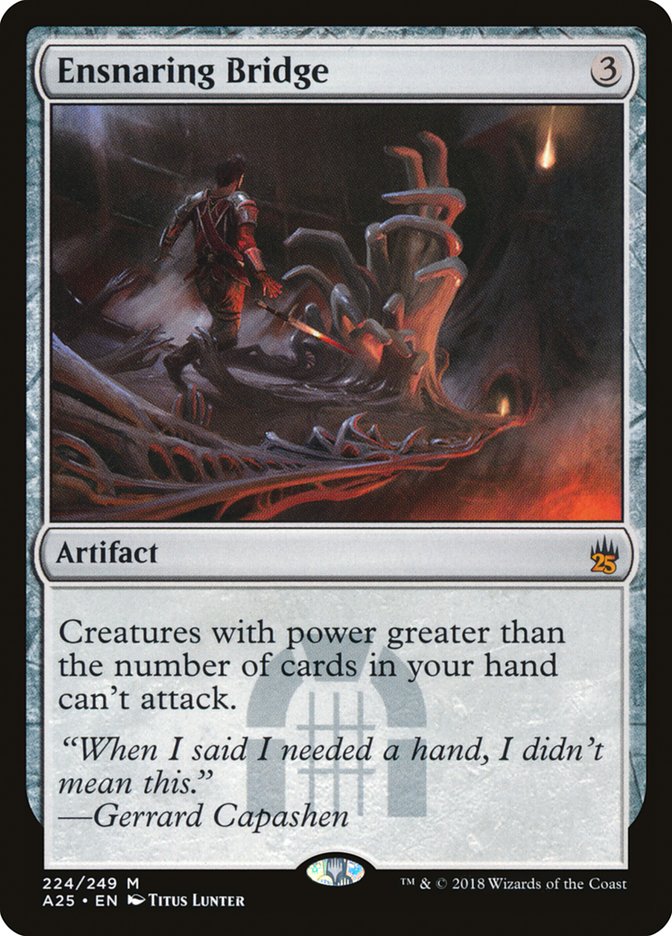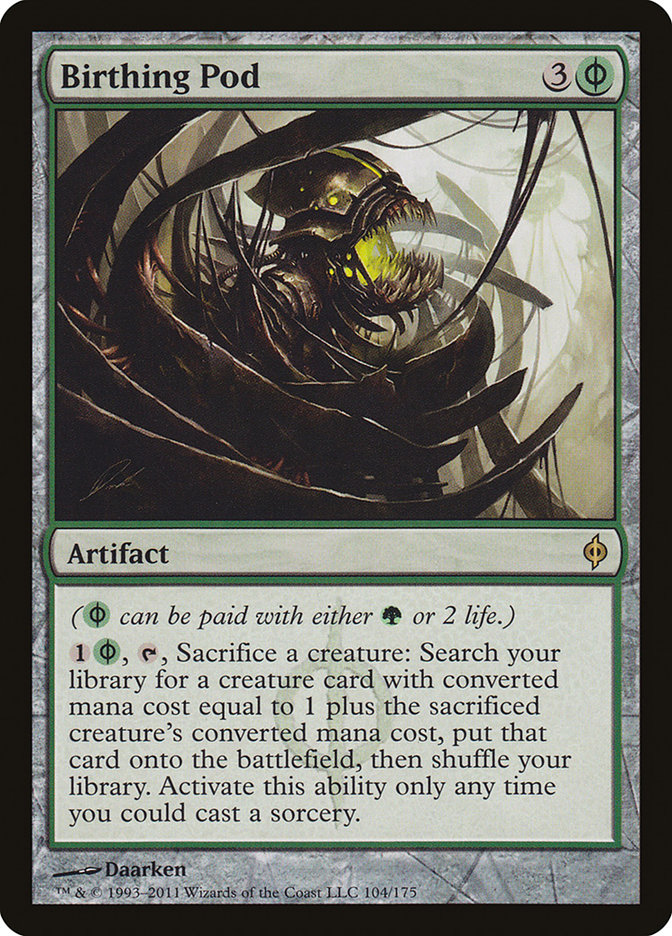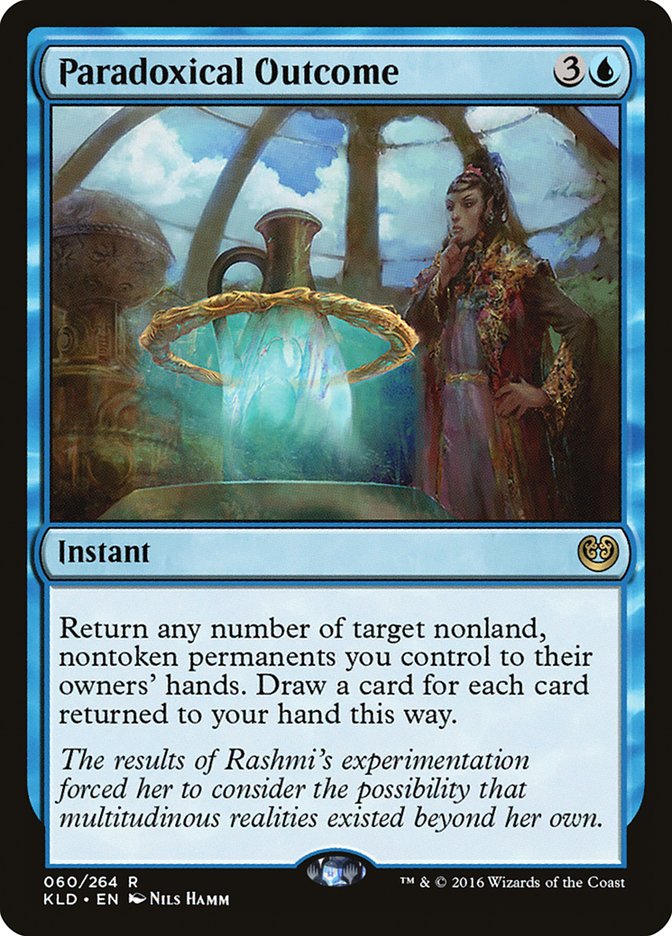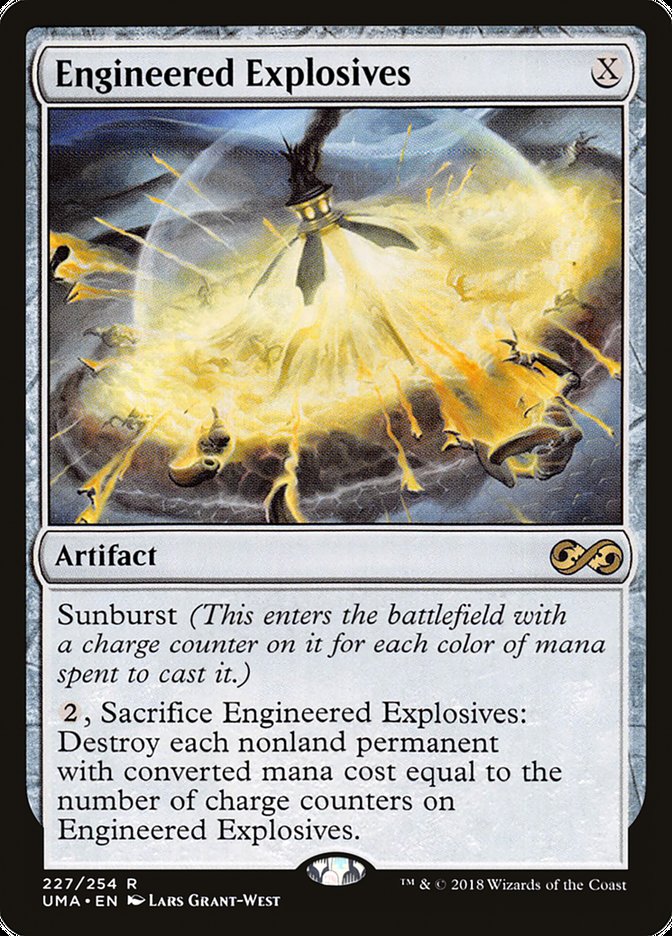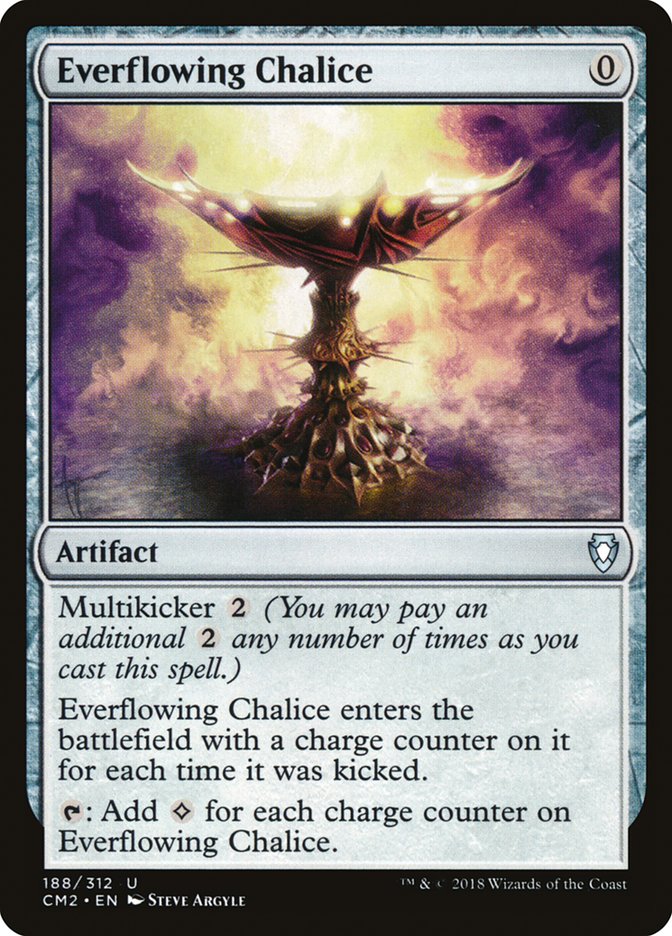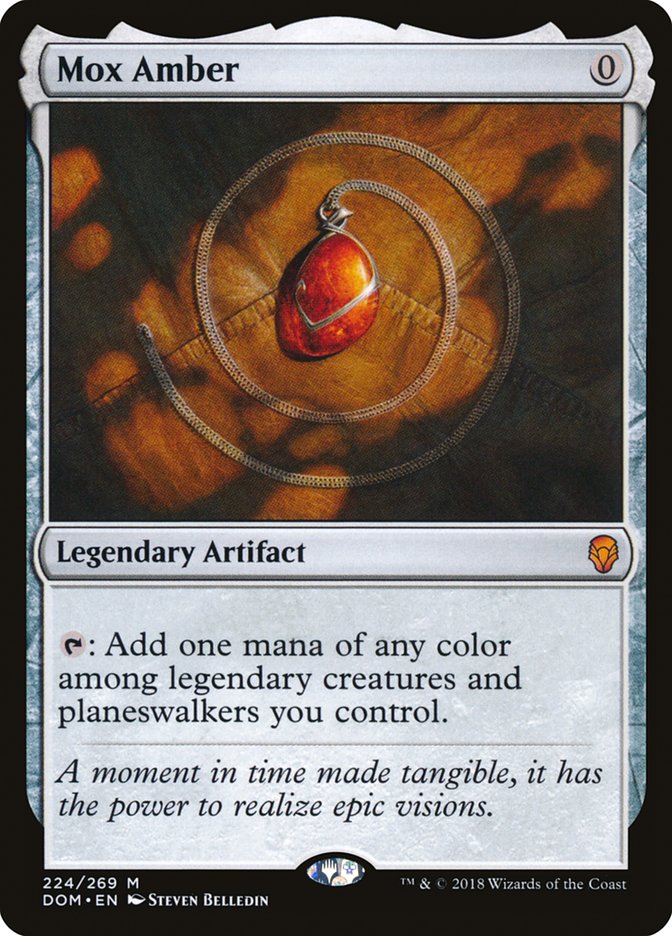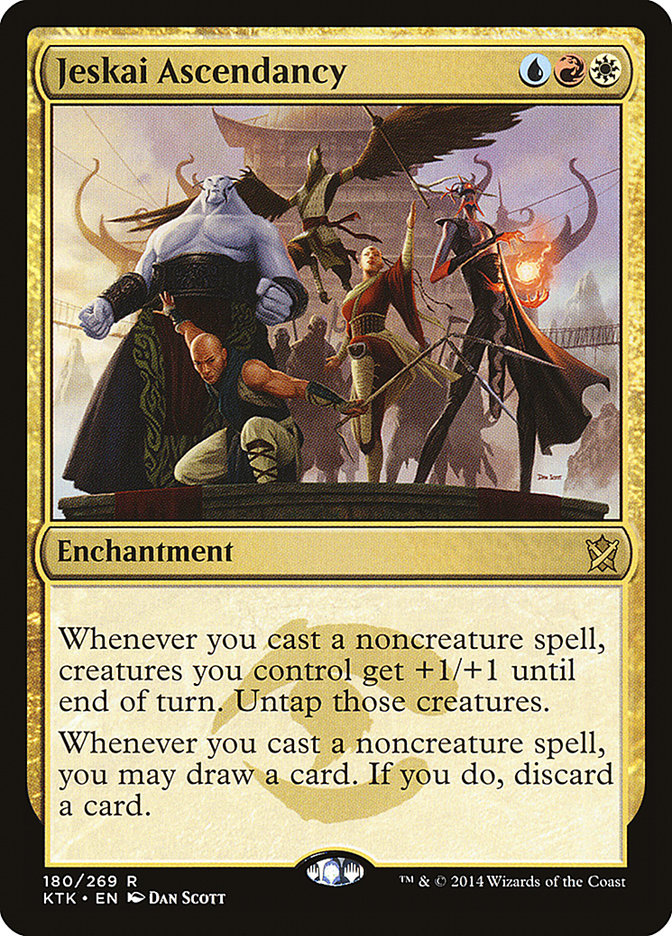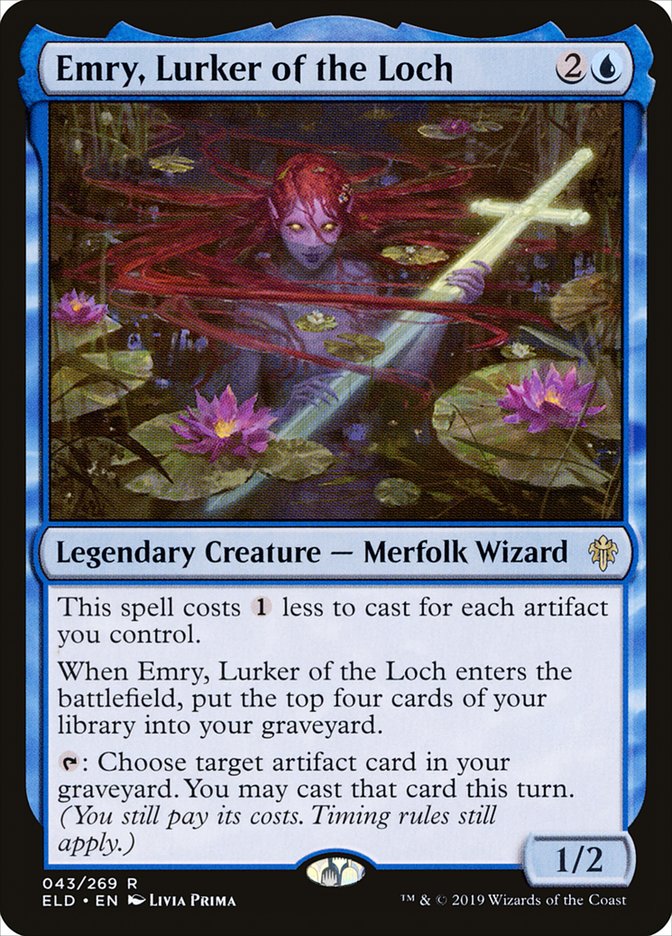Coming out of the most recent Banned List Changes, Modern was in the most uncertain state since its first year of existence. Faithless Looting had largely governed the format over the previous year, with Hogaak being its most recent and most egregious partner in crime, and Stoneforge Mystic entered Modern for the first time, one of the most powerful and celebrated creatures in Magic’s history.
In such a state of uncertainty, it’s no surprise that the first major Modern tournament after the Banned List update, an Open in Dallas, was overrun by Burn, a quality linear deck that found its week to sneak in under the radar. But it wasn’t Goblin Guide and company that took the tournament down; it was the unstoppable force known as Harlan Firer and his trusty Whirza deck.
For many years, Harlan has been a quality player who hamstrung himself with some rather poor deck choices, often some strange Izzet or Temur concoction that only Todd Anderson could love. This year he made deck selection a clear target for improvement and the results speak for themselves – eight Open Top 8s and the pole position for the Player of the Year Race on the SCG Tour.
Harlan has been singing the praises of Urza, Lord High Artificer since the days of Hogaak Summer, and after witnessing his valiant attempt at carrying Tannon Grace and me through the Team Open in Richmond, I was a believer. Four mana is a steep cost in Modern, but Urza has the immediate impact and ability to run away with a game that you need in return for the hefty investment. There are plenty of situations where Urza ends the game immediately with its mana production, games where continuously activating it buries your opponent in card advantage, and games where the Construct token dominates the battlefield. The card does it all.
After last weekend, it looks like Harlan has plenty of other converts to the church of Urza, as the card was featured in half of the Top 8 decklists at the Team Constructed Open in Philadelphia and two of the Top 8 decklists from the Modern Challenge on MTGO. In fact, Urza is so powerful that we’re now seeing different variants of decks built around it. In addition to Whirza, we now have Urza Outcome decks and a spinoff on those that include Jeskai Ascendancy.
Moving forward in Modern, it’s crucial to understand the similarities and differences between these decks so you can attack them appropriately, and that is what I intend to do today. Let’s look at each Urza variant and see exactly what makes it tick and what makes it fall apart, starting with the original.
Whirza
Creatures (7)
Lands (20)
Spells (33)

We’ve seen several variants of this deck based on color, sometimes leveraging the power of Arcum’s Astrolabe and Mox Opal to play all five, but Harlan most recently opted for the versatility of Assassin’s Trophy with a light green splash.
Of the three Urza decks, this one plays the most fair, with Whir of Invention allowing for a maindeck toolbox while also serving to set up the Thopter Foundry / Sword of the Meek combo. Ensnaring Bridge is the critical element here, giving the deck a prison aspect against creature decks that doesn’t hamper your own aggressive plan, since with a horde of Thopter tokens you can draw your card for turn, immediately move to attack, and then empty your hand after combat to leave them with no recourse.
The other singletons are all nice effects to have access to in Modern, but they can change with the metagame, giving this deck some flexibility in building and sideboarding that the Paradoxical Outcome decks don’t. You can play something like Forge[/author]“]Mystic [author name="Forge"]Forge[/author] if you want another way to fight attrition wars, or extra graveyard hate like Tormod’s Crypt or Grafdigger’s Cage if you’d like. There’s much more space to fit interactive cards in this build than with Outcome, since the combo here stands alone and doesn’t need to be supported by a critical mass of cheap artifacts and various payoffs for them.
Ultimately, Whirza reminds me a lot of the old Birthing Pod decks, which were known for a three-card combo but more often simply won by playing a fair game, forcing the opponent to respect the combo while generating value with its creatures, especially powerful silver bullets to find with either the namesake card or Chord of Calling. For those of you who weren’t playing or following Modern at the time, suffice it to say that Birthing Pod was busted, so this comparison is quite the compliment.
But, this added flexibility comes with a cost. Unlike the Outcome decks, Whirza relies quite a bit on its graveyard. The infinite combo with Thopter-Sword no longer works in the face of Rest in Peace, and even outside of finding Sword of the Meek, Goblin Engineer is a key source of card advantage with its ability to repeatedly recycle Ichor Wellspring, Chromatic Star, and Arcum’s Astrolabe. Engineer also offers some protection against artifact removal, since it can return a critical Ensnaring Bridge or Pithing Needle to the battlefield.
Relying on the Thopter-Sword combo also makes Whirza more vulnerable to Stony Silence and similar effects. Urza goes a long way towards pushing through it, but the Outcome decks are able to operate at almost full efficiency through a Stony Silence with Urza, while this variant is still significantly hampered. That’s why we see ways to answer these cards in the sideboard, namely Assassin’s Trophy and Nature’s Claim, as well as an additional threat that can sidestep them in Tezzeret, Agent of Bolas. They’re far from unbeatable, but definitely cards to worry about.
Pros
- Most interactive
- Additional prison angle
- Most flexible
Cons
- Most vulnerable to graveyard hate and Stony Silence effects
Urza Outcome
Creatures (10)
Planeswalkers (2)
Lands (18)
Spells (30)

Based on last weekend’s results, this deck looks like the most popular variant, and it’s easy to see why once you play a few games with it. The raw power here is astonishing, and when the engines are humming, you quickly overwhelm your opponents. I struggled keeping up with all the triggers in my first few games on Magic Online and had to be very mindful of my clock, since the turns where you go off can take quite a while.
Unlike Whirza, this deck is trying hard to overwhelm its opponent with the proactive elements, leaving Engineered Explosives as the maindeck interaction of choice, since it’s flexible in what it answers and can function as a free artifact to accelerate with Mox Opal or start generating tokens with Sai, Master Thopterist and Saheeli, Sublime Artificer.
With enough cheap artifacts, Urza and Paradoxical Outcome will let you draw through most of your deck, eventually creating a pile of Thopter and Servo tokens with Sai and Saheeli, at which point Nexus of Fate ensures that your opponent won’t get another turn. Because Urza lets you generate mana immediately, the game often ends as soon as he enters the battlefield, somewhere between Turns 3 and 5.
This deck certainly takes the most advantage of Urza’s mana generation, but conversely, it’s the most reliant on landing it early in order to truly degenerate things. In fair matchups, you can use Paradoxical Outcome in combination with Sai and Saheeli to great effect, but if you’re looking to race you really need the Urza. Wishclaw Talisman helps ensure you have everything you need but ultimately playing artifact cantrips over things like Serum Visions sometimes means you’re just not going to find your key cards in time.
The greater reliance on Urza also means this deck really needs to accelerate, since you’d like to cast a key spell before Turn 4, hence the Everflowing Chalices in addition to the Moxes. Without that acceleration, this deck gets rather clunky with all the four-drops.
With little interaction of its own, you also depend on that acceleration against other unfair decks, or you’re likely going to be dead before your engine comes online. That can be a problem against Burn and Amulet Titan, both of which were well-represented last weekend. The sideboard helps out a lot here, offering some solid interaction as well as Veil of Summer to protect your key cards from counterspells and removal.
Where Whirza is akin to Birthing Pod, Urza Outcome reminds me most of Ironworks, a powerful engine that is fast enough to sometimes race other linear decks, but with enough velocity to effectively play through disruption.
Pros
- Robust engine
- Dodges traditional hate with Urza
- Maximizes Urza
Cons
- Most reliant on Urza
- Most reliant on Moxes
- Needs a critical mass of artifacts
Urza Ascendancy
Creatures (10)
Planeswalkers (2)
Lands (18)
Spells (30)

The last and newest deck is very close to Urza Outcome, so much of what I said about that deck applies here. But the addition of Jeskai Ascendancy does make a significant impact.
On the positive side, it gives the deck some more explosive draws that the other decks are lacking. It’s quite difficult for Whirza and Urza Outcome to win before Turn 4, but with Emry, Lurker of the Loch and Jeskai Ascendancy you can win as early as Turn 2. All Emry needs is a Mishra’s Bauble to repeatedly activate, allowing you to loot through your deck until you have two copies of Mox Amber or Mox Opal, which will generate as much mana as you need. Note that the loot trigger on Jeskai Ascendancy is a “may,” so once you have what you need, you can decline it and avoid decking without any Nexus of Fate shenanigans.
Jeskai Ascendancy also combines with Sai and Saheeli, turning them into much more powerful threats that either win the game if left unchecked or buy you the time to dig through your deck or Urza or Emry to close it out. The enchantment by itself offers some much-needed velocity if your first major threats are answered, since otherwise Arcum’s Astrolabe and friends are rather poor replacements for Serum Visions and Opt.
With Ascendancy as yet another threat, space in the deck is now tight for artifacts. Both Whirza and Urza Outcome are over 25 in their artifact counts, while this list sits at a scant 22. That makes Mox Opal less reliable, and overall, the draws here are less consistent because of that. You really want Emry to survive if only to guarantee you have more access to artifacts, but that 1/2 body is fragile.
This combines to make Urza Ascendancy the variant that is most vulnerable to traditional disruption: discard, counterspells, removal, etc. If you use your few artifacts to cast an early Emry, then Jeskai Ascendancy can look rather weak when Emry dies, and the lower artifact count makes Urza and Paradoxical Outcome less potent, so they might not be enough to pull you back into a game if you fall behind early.
Urza Ascendancy is also the least malleable, since maindeck space is made tight by Ascendancy itself and your sideboard options are limited by the fact that playing Ascendancy puts you in Jeskai colors. The other variants were moving into the Golgari realm for cards like Assassin’s Trophy, Thoughtseize, and Autumn’s Veil, when they could’ve played Path to Exile and Mystical Dispute had they wanted. Arcum’s Astrolabe is powerful enough that I could see splashing a fourth color, but that’s going to add another layer of inconsistency.
Pros
- Most explosive
- Most velocity
Cons
- Least consistent
- Weakest to normal disruption
- No splash color flexibility
Which Urza Is Best?
It’s unclear to me which of these variants is best, but I have to think that Urza Ascendancy, as the newest member of the group, has the most room to grow. Whether there’s a missing piece to the puzzle there or it’s simply a matter of finding the right configuration to mitigate the deck’s weaknesses, if there’s one of the Urza decks that comes to dominate Modern, I’d bet on that one.
Beyond that potential, the differences between these decks are small, and you can’t go wrong picking either one. Right now it appears that Mox Opal / Urza, Lord High Artificer decks are competing at the top of Modern with Ancient Stirrings / Karn, the Great Creator decks, so you’d better have a good reason to deviate from those categories.
And for my money, Urza and Mox Opal are the more powerful pair.



